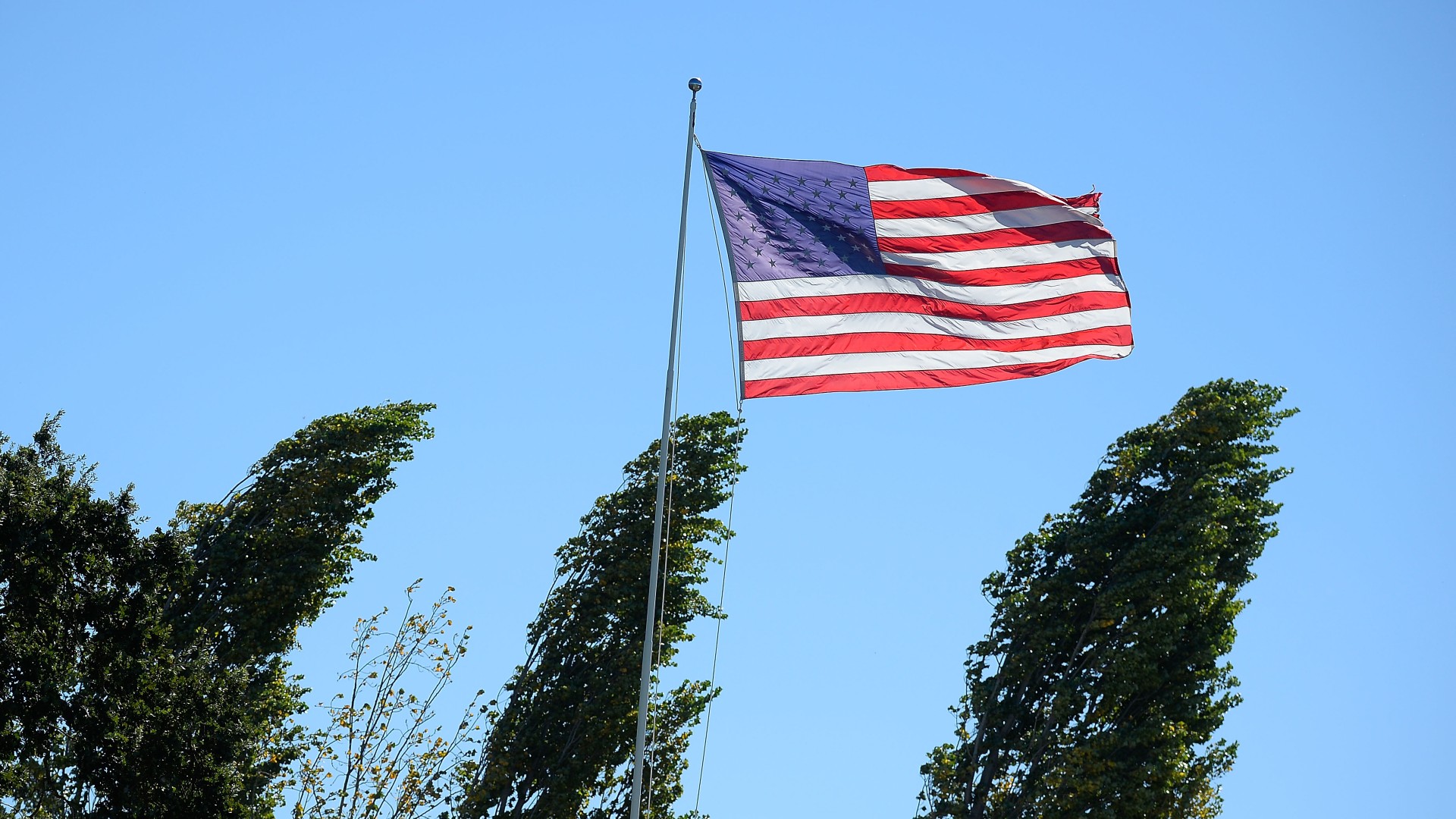
Mayor Todd Gloria Wednesday signed into law the use of Smart Streetlights and automated license plate recognition technology and the city's Safe Sidewalk program, measures that were recently approved by the San Diego City Council.
Smart Streetlight cameras
On Nov. 14, the City Council approved the public safety technologies, and with the mayor's signature on Wednesday, the San Diego Police Department will enter into a five-year agreement with Ubicquia Inc. for 500 Smart Streetlight cameras, paired with Flock Safety's ALPR technology.
"The number one job of city government is to ensure residents are safe in their communities," Gloria said. "My administration takes that responsibility very seriously, which is why we requested the City Council's approval for both the Smart Streetlights and Safe Sidewalks programs.
Get top local stories in San Diego delivered to you every morning. Sign up for NBC San Diego's News Headlines newsletter.
"I'm pleased to sign these improvements into law, because I'm confident that they will make our communities safer," he said. "I thank the City Council for their partnership and support of these efforts."
According to the city, the combination of both the license plate recognition and Smart Streetlights -- streetlights with cameras -- provide SDPD with both video and data-collection capabilities at a lower cost than if the two were purchased and maintained separately.
Local
The initial cost for the devices in Fiscal Year 2024 is around $3.5 million and will include a one-time $1.5 million installation and maintenance cost and $2 million for hardware, software and connectivity. The program will then cost around $2 million annually. Mayor Gloria earmarked $4 million in his Fiscal Year 2024 budget for the Smart Streetlight project.
The technology was not without debate, with privacy advocates referring to a lack of transparency from the city, and the administration blaming the city's surveillance ordinance passed in 2022 as slowing the process to get technologies deployed.
According to the department, the SDPD publicly posts information about the technology used by the department, including access, data storage and retention, the release of data and information collected and more on its technology web page.
When the council voted to allow the technologies to move forward on a first reading in August, City Council President Sean Elo-Rivera said he was frustrated at how the conversation on the smart streetlights and license plate readers was being presented -- as a false choice between wanting safety or valuing civil liberties.
Elo-Rivera said he didn't trust a process that sidestepped recommendations from various appointed technology and privacy boards.
According to a statement from Gloria's office, the Smart Streetlights can only operate in conjunction with an LED streetlight. If an LED streetlight is already in place, the technology can be easily connected to the streetlight without modification. In the event a designated location is not LED-equipped, the streetlight will be replaced with an LED light.
Safe Sidewalk Program
San Diego's new Safe Sidewalk Program, also signed into law by Gloria on Wednesday, is intended to make it easier and cheaper for property owners to repair damaged and dangerous sidewalks.
The program invests resources to fix uneven and damaged sidewalks by waiving costly permit fees and helping expedite the process for property owners to make needed sidewalk repairs, saving up to $2,100 per project.
While the intent is to allow for historically underserved and underfunded parts of the city to have their sidewalks repaired, several council members expressed concern as to whether there would be any money left to assist property owners in south and southeast San Diego.
Elo-Rivera joined Council President pro Tem Monica Montgomery Steppe and Councilwoman Vivian Moreno in expressing concerns about how equitably the program would work, and whether less affluent neighborhoods would get financial support to fix sidewalks.
San Diego has more than 4,550 miles of sidewalks, many of which were poured by private developers from the start of World War II through the 1970s. The average lifespan of a sidewalk is 50-70 years, and much of the city's pavement is older.
Damage to sidewalks is commonly caused by tree roots uplifting portions, heat expansion, underground utilities and vehicle accidents.
According to the city, sidewalks can be repaired through permanent measures such as sidewalk slicing and replacement or temporarily mitigated through asphalt ramping. Asphalt ramping involves applying a patch of asphalt to an uplifted sidewalk to create a gradual ramp. Sidewalk slicing involves cutting sidewalk uplifts between 0.5 inch to 1.5 inches in height and creating a gradual ramp.
Both methods are intended to reduce the likelihood of trips and falls.
In Fiscal Year 2023, 1,968 locations were ramped with asphalt. The average response time was seven days, and the average backlog of locations was more than 50. City staff estimated the time for response will decrease to just one day with the expedited permit process passed Monday.
However, the city's transportation department has a list of more than 5,000 locations that are the responsibility of the private property owner. The permit fee being waived is intended to shorten that list considerably.



